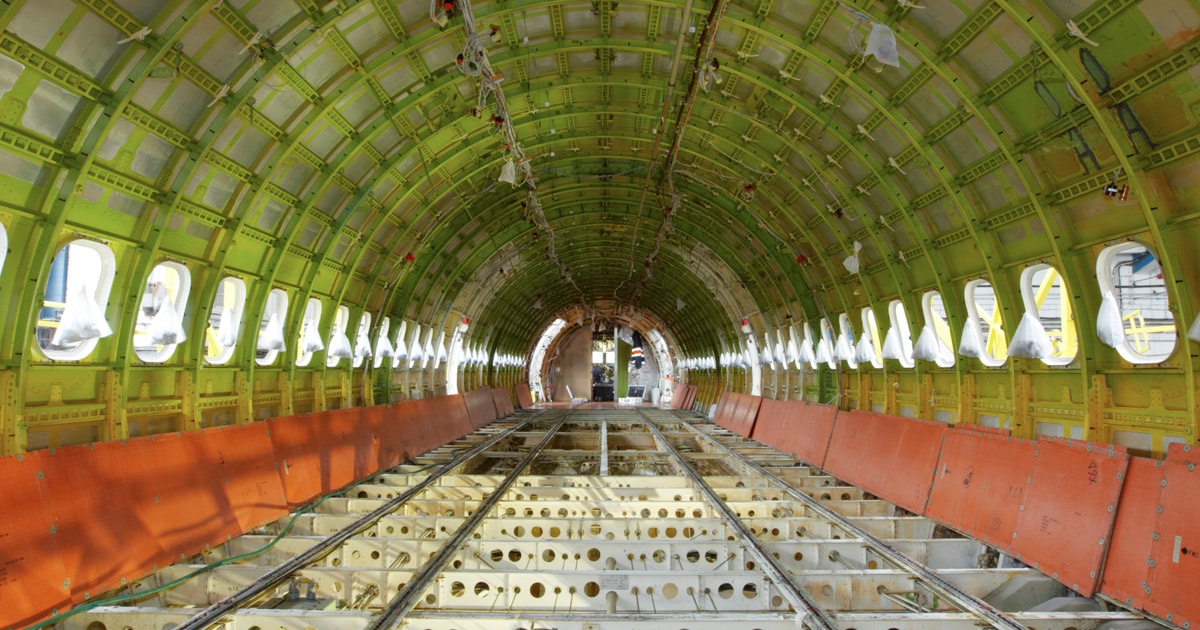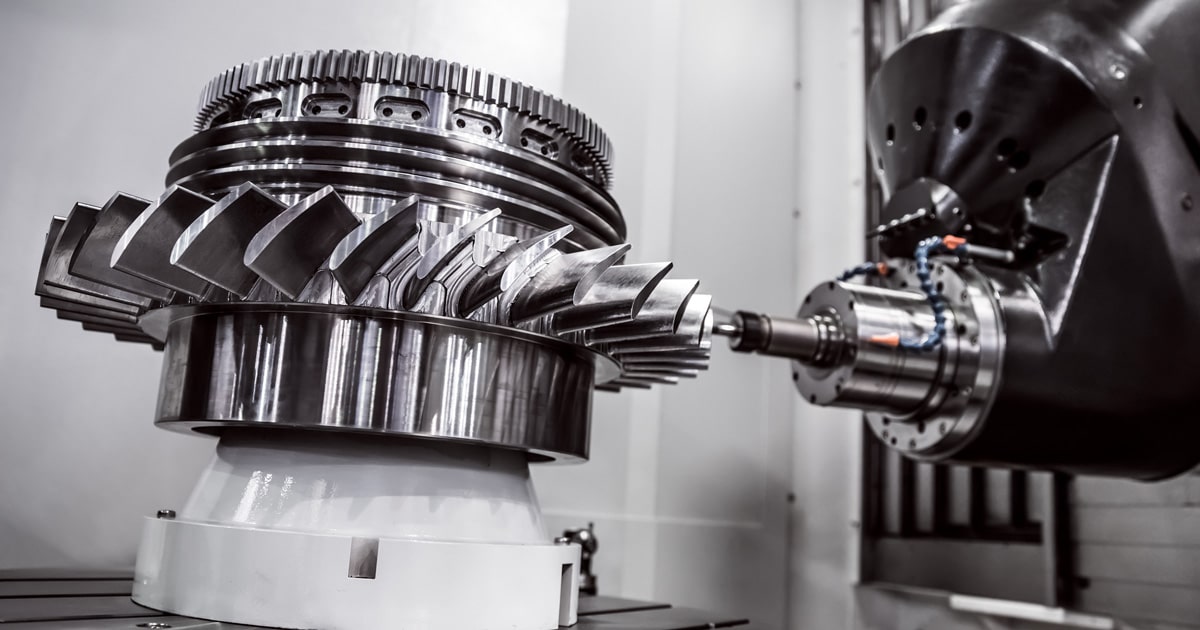In aerospace, the importance of innovation cannot be understated. Every system, every part, every material has to do more with less. In a domain defined by performance, complexity, and precision, the way flight hardware is manufactured is evolving quickly. And that evolution is being shaped by technology.
Emerging tools—ranging from additive manufacturing to digital twin technology—are changing how flight hardware is designed, tested, and brought to life. What once took months of iteration can now be validated in a shortened period of time thanks to advanced digital models and real-time sensor data. And what used to be manually assembled in specialized facilities can now be partially or fully automated, scaling production and reducing error.
This isn’t the future of aerospace manufacturing. It’s the present. And the implications for the aircraft industry are significant.
1. Additive Manufacturing: Advancing Aerospace Design and Efficiency
Additive manufacturing, or industrial 3D printing, has unlocked a new level of design freedom. Engineers are no longer constrained by traditional subtractive processes that require relatively simple geometries and extensive machining. Instead, they can now produce complex, optimized components. Parts that are lighter, stronger, and better suited for their specific function. This can lead to some parts being 40% lighter than their traditionally manufactured counterparts.
In flight hardware, additive manufacturing supports the production of optimized brackets, mounts, housings, and heat exchangers: components that benefit from reduced weight and improved performance. It also accelerates development timelines through rapid prototyping, allowing engineers to test and refine parts much faster than traditional methods. Just as critically, additive manufacturing enables the on-demand production of replacement parts, which helps reduce reliance on legacy tooling, minimizes inventory requirements, and solves common supply chain challenges.
By reducing waste and enabling lightweighting, additive manufacturing also contributes to key industry goals like improving fuel efficiency and reducing emissions, both of which are critical to future aerospace sustainability.
2. Robotics and Automation: Precision at Scale
The aerospace industry has always been about precision, but precision alone isn’t enough anymore. Modern manufacturing operations need speed, repeatability, safety, and scale. Robotics and automation can provide all three.
In today’s flight hardware production lines, robots handle tasks like welding, drilling, riveting, and inspection with consistent accuracy. And when integrated with AI and vision systems, they can even adapt in real time, responding to sensor feedback or part variability without human intervention. In some use cases, the implementation of robotics has led to a 24% increase in production.
These capabilities are enhancing safety, reducing scrap, and freeing up skilled technicians to focus on higher-value work. For manufacturers, it’s a win across the board.
3. Digital Twin Technology: The Bridge Between Physical and Virtual
No discussion of advanced manufacturing is complete without digital twin technology. This approach creates a real-time, digital replica of a physical object, allowing engineers to simulate, test, and refine without ever touching a part.
Digital twins offer visibility into how different assets will behave throughout their lifecycle. This includes how systems work under stress, how performance data can predict failure, and how changes can improve functionality or durability.
Through continuous input from sensors embedded in the physical object, a digital twin can become more than a model. Manufacturers can determine how a piece of flight hardware will respond to heat, vibration, altitude, or corrosion. They can optimize designs in a virtual environment, reducing development time and improving outcomes in the real world.
4. Machine Learning: Smarter Decisions Through Data
As aerospace systems become more complex, the data they generate becomes more valuable and more difficult to manage. This is where machine learning comes in.
By processing volumes of performance data, machine learning algorithms can identify trends, detect anomalies, and suggest optimizations faster than human teams. For flight hardware, that can mean:
- Predicting maintenance needs based on usage patterns.
- Identifying flaws during quality control.
- Improving digital models for next-generation components.
- Streamlining supply chain decisions based on historical data.
Ultimately, machine learning turns raw information into insight: accelerating the cycle of design, testing, and production.
5. Advanced Materials: Lighter, Stronger, Smarter
Material science is another area driving performance enhancements in aircraft and spacecraft. Lightweight composites like carbon fiber reinforced polymers (CFRPs) help reduce aircraft weight without compromising strength. Meanwhile, superalloys and ceramic matrix composites are being used in components exposed to extreme temperature and pressure, such as jet engines or reentry systems.
But materials innovation goes beyond performance. Shape memory alloys, for example, can “remember” a shape and return to it when heated. Graphene-based coatings offer electrical conductivity with minimal mass.
When paired with digital twin work and AI-driven testing, these materials push the limits of design and function.
6. AR/VR Integration: Bridging Gaps in Human Understanding
Even with the best technology, skilled people remain critical. Augmented reality (AR) and virtual reality (VR) help bridge the gap between complex data and human understanding.
AR overlays digital instructions onto physical components, allowing assembly, inspection, or repair tasks to be performed more quickly and accurately. VR immerses technicians and engineers in simulated environments, enabling hands-on training without risk or cost.
For aerospace manufacturers managing critical processes across global facilities, these tools provide a consistent, scalable way to support high standards and reduce errors.
Implications for the Future of Aviation
Taken together, these emerging technologies are redefining how flight hardware is made. Lighter components mean better fuel efficiency. Embedded sensors allow systems to monitor themselves. Smart materials enable adaptive behavior. Virtual tools allow faster iteration, lower cost, and improved safety.
As these technologies mature and converge, we’ll see aircraft that are not only more efficient but also more autonomous, more connected, and more resilient. This doesn’t just benefit commercial aviation. It transforms how we design for space, how we scale military production, and how we develop the next generation of systems in a rapidly shifting world.
Baker Industries: Engineering What’s Next
At Baker Industries, we don’t just respond to trends—we help shape them. Our capabilities in flight hardware manufacturing are built on decades of engineering expertise, advanced equipment, and a deep understanding of how critical aerospace systems are developed, tested, and deployed.
We bring together technology and talent to produce components that meet the highest standards of performance and precision.
If your next project demands complexity, scale, and innovation, contact Baker Industries. We’re ready to build what’s next.


